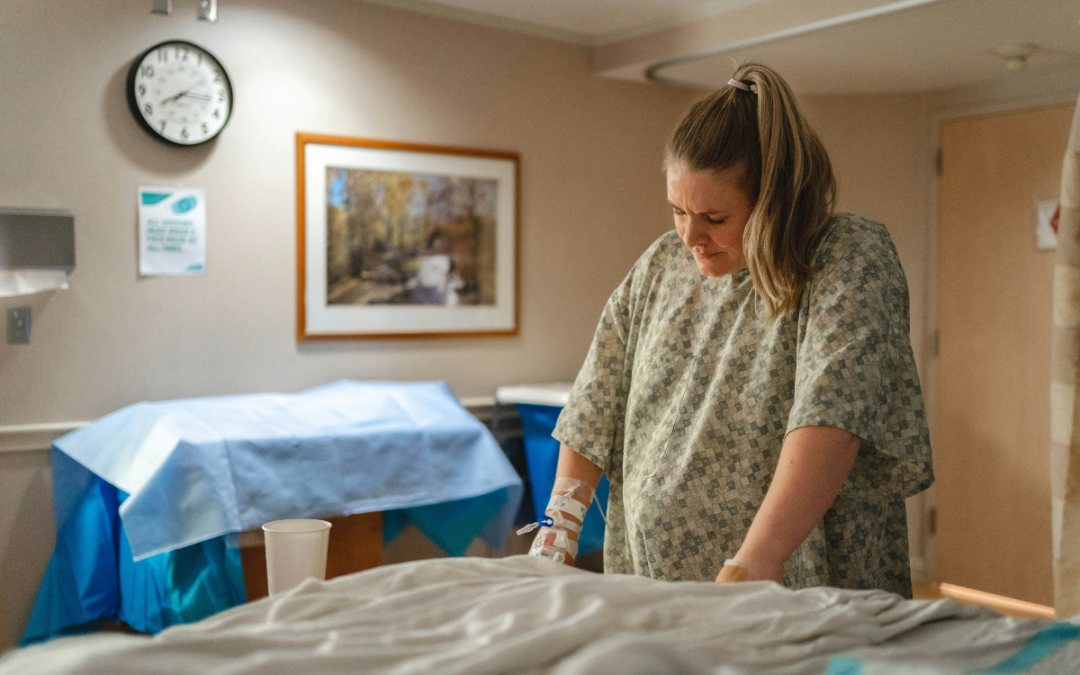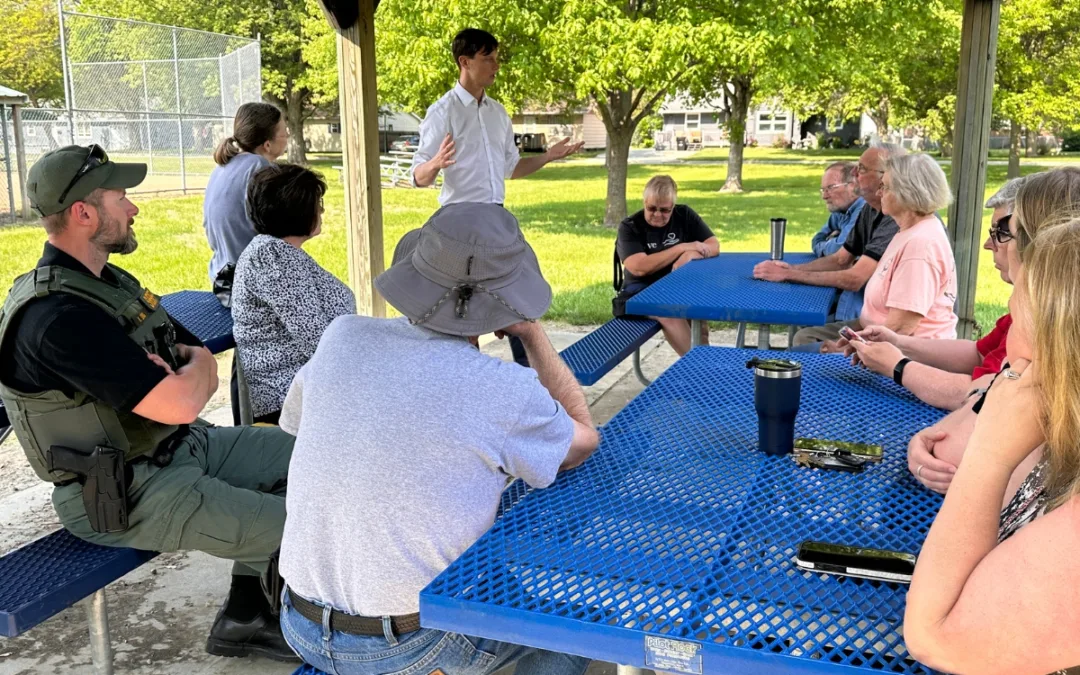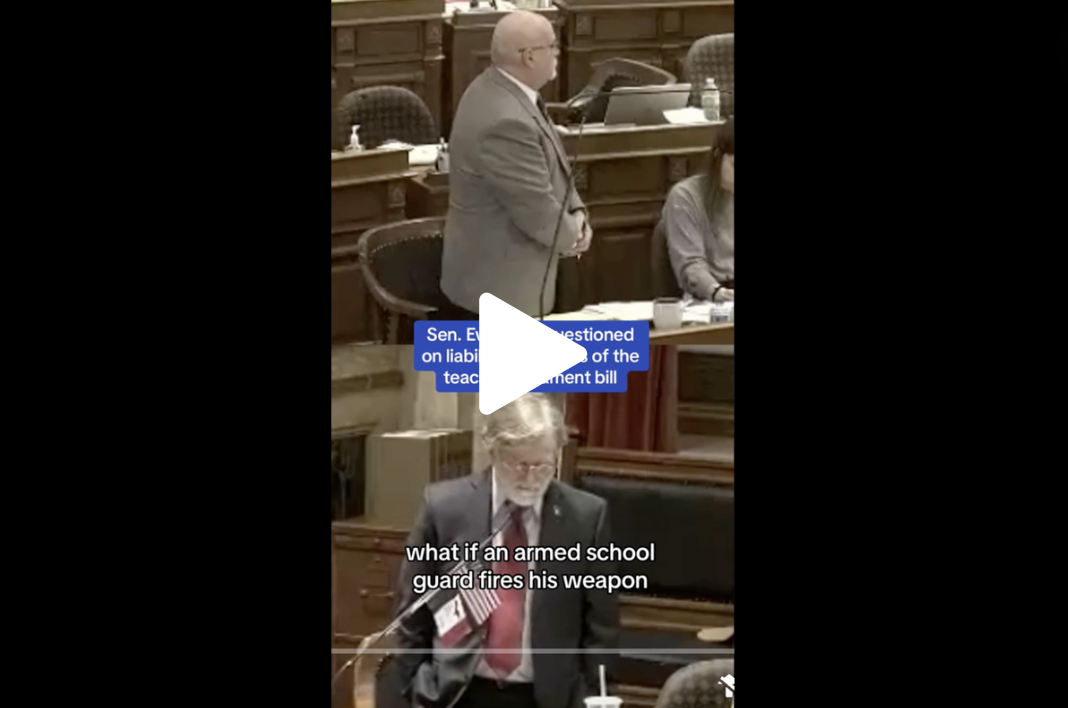
Two minutes before I was about to publish this story, Gov. Kim Reynolds made a new announcement: she’s recommending Iowa schools shut down for at least four weeks to mitigate the spread of the coronavirus. I’ll reword a few things, as the concerns I’ve had with Iowa’s response still largely stands.
Part of the reason for this new development is a sobering yet predictable one: Iowa now has “substantial community spread” across the state, as Reynolds put it herself. The Governor said Sunday brought four new positive COVID-19 cases, including two that were from community spread.
The new recommendation from Reynolds should encourage the many Iowans who were growing increasingly concerned as they watched other states across the nation take much more proactive steps. There was significant frustration on social media earlier today about how the Iowa Statehouse was shutting down, but not schools. Parents, however, will likely be very annoyed that this decision was put off until late on Sunday night. If any schools act swiftly enough to cancel tomorrow’s classes, it makes it near-impossible for parents to plan ahead.
And there was one other somewhat confusing thing about this announcement from Reynolds in that she was “recommending” Iowa schools shut down, as opposed to “ordering” them. It’s unlikely many school districts will stay open after that, but unlike other governors, she didn’t set a date, just recommended four weeks.
During their press conference on Saturday evening, at which the first community transmission of COVID-19 was announced, Reynolds and health department leaders laid out many recommendations. They warned Iowans avoid gatherings of more than 250 people, but did not mandate it. At that time for schools, they only suggested a school shut down for a few days if a student or staff member is confirmed to have the virus, and to sanitize the school before letting everyone return. From their Saturday guidance, a school was only supposed to consider a two to four-week shutdown if they notice “significant absenteeism” due to sickness. Those with underlying health issues or those over the age of 60 should stay home, they said.
But all the recommendations were simply that. Many of which should have already been apparent to residents from news coverage.
Most of Iowa’s neighbors have gone much further than the Hawkeye State. Minnesota announced this morning that all their schools would close on Wednesday for at least eight days to fight the spread of COVID-19. They currently have 35 cases, which overall jumped by 14 cases this weekend. Wisconsin has ordered the closing of all public and private schools until April 8.
After residents continued to pack bars on Saturday night, the state of Illinois on Sunday ordered the closing of all restaurants and bars through the end of March. South Dakota ordered their schools closed after just nine cases of coronavirus in the state.
[inline-ad id=”0″]
Elsewhere this evening, the governor of Massachusetts announced a ban on gatherings of more than 25 people. Ohio has led much of the country in their preemptive steps, ordering school closures through perhaps the entire school year, bar and restaurant closures, and are planning unemployment benefits to those infected. New York City decided to close their entire school system, the largest in the country, on Sunday.
In New York State in particular, the state health system is already being tested even as the pandemic is only in its early stages.
“The state has approximately 3,000 I.C.U. beds, about 80 percent of which are already occupied, [Governor Cuomo] said,” the New York Times reported.
We are about to see a somber state-by-state experiment in America over the next several months on varying coronavirus responses and the eventual impact, and I don’t think Iowa wants to be the control group.
The Governor and state health leaders had their reasons at their Saturday press conference, though they weren’t entirely reassuring. Many times they simply referred back to CDC guidelines. They often mentioned the situation was fluid and we may soon get to where other states are, we just aren’t yet.
[inline-ad id=”1″]
Many have pointed to the recommendation that people avoid gatherings of 250 or more, yet schools of 250 or more people are still open. But one good point Reynolds made on school closures was about the ripple impacts in the community, and that it’s often older grandparents, those most at risk, who end up caring for children when they’re out of school. That might put them more in danger.
And closing schools will cause a massive disruption on everyday life for many Iowans, as well as the economy.
But doesn’t the concern about transmission to grandparents simply suggest that we’re worried that children already have the virus through community transmission? And doesn’t keeping them in school now mean it could spread much more quickly throughout the state?
And to those worried that our neighbors are doing more, Reynolds had a different state as an example.
“I would point you to Nebraska,” Reynolds told reporters on Saturday. “The guidance we’re presenting … is very similar to what Governor [Pete] Ricketts is presenting to their schools in Nebraska.”
Reynolds and IDPH officials often emphasized they were making evidence-based decision based on the data that IDPH was collecting. Reynolds said specifically this:
“We have to base it on evidence-based decisions, and we have to take a look at information that they’re collecting at the Department of Public Health.”
But here’s the real question that should be asked: what if we don’t have all the information we need? What if we’re basing these decisions off of incomplete knowledge, due in part to the federal government’s complete bungling of the testing issue, when other countries several weeks ahead of us in this process have clearly shown the dangers of waiting on decisive action?
In Johnson County, the local board of health has already admitted that they did not test every person who returned from the Egyptian cruise where 15 local residents contracted COVID-19. Following CDC guidelines, they only tested those who showed symptoms. And KCRG reported that those who live in the same households of those who went on the trip weren’t being tested either. Does it not seem likely that the 15 Johnson County residents who returned from Egypt and tested positive likely had some sort of community interaction before they quarantined?
[inline-ad id=”2″]
On my own social media feeds, I’ve seen three different friends say they weren’t able to get tested because they didn’t match the CDC guidelines, which included travel to an infected region or contact with a known person who already had the disease. As we’ve seen in every country so far experiencing an outbreak, community transmission comes relatively quick.
And the state has limited tests available, which are now being supplemented by private firms, but those test results only go to the state if they come back positive.
Without mass testing in areas throughout the state, we may have missed by days or weeks the first instance of community transmission, needlessly slowing down our response.
Iowa’s leaders cannot simply be content with a wait-and-see approach, delaying more stringent measures until they have more numbers, at which point it may already be too late. It’s encouraging to see Reynolds move on school closure now, but one has to wonder how much damage we did by waiting until now.
Many other states have followed the advice of officials in Italy who regret that they didn’t act sooner. Iowa should be just as proactive and ramp up their response even more now.
by Pat Rynard
Posted 3/15/20
Politics

It’s official: Your boss has to give you time off to recover from childbirth or get an abortion
Originally published by The 19th In what could be a groundbreaking shift in American workplaces, most employees across the country will now have...

Trump says he’s pro-worker. His record says otherwise.
During his time on the campaign trail, Donald Trump has sought to refashion his record and image as being a pro-worker candidate—one that wants to...
Local News

No more Kum & Go? New owner Maverik of Utah retiring famous brand
Will Kum & Go have come and gone by next year? One new report claims that's the plan by the store's new owners. The Iowa-based convenience store...

Here’s a recap of the biggest headlines Iowa celebs made In 2023
For these famous Iowans, 2023 was a year of controversy, career highlights, and full-circle moments. Here’s how 2023 went for the following Iowans:...





